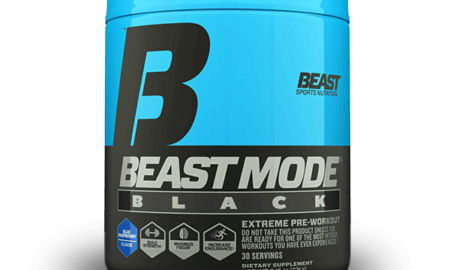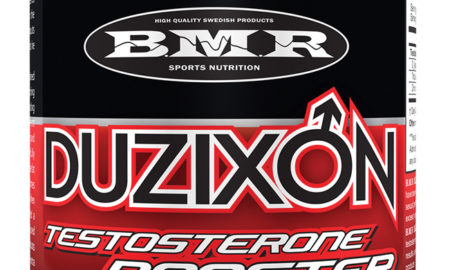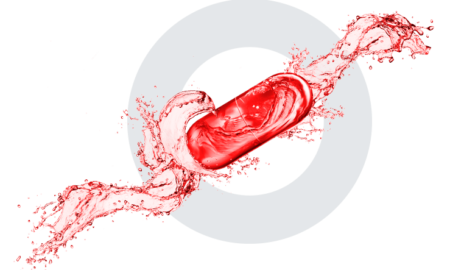How does training style affect anabolic and catabolic hormones? That was the primary focus of a recently published study whose 10 male subjects, average age 21, all had at least two years of training experience and were proficient in squats. The subjects engaged in three different styles of training:
1) Hypertrophy: four sets of 10 reps on the squat, using a weight equal to 75 percent of one-rep maximum, resting 90 seconds between sets. That’s the mode of training most bodybuilders use to increase muscle size.
2) Strength: 11 sets of three reps on the squat, using 90 percent of one-rep maximum.
3) Power: Eight sets of six reps of jumping squats, using no weight, with three-minute rests between sets.
Numerous studies have demonstrated that the hypertrophy style of training brings on acute increases in testosterone, cortisol, sex-hormone-binding globulin and lactate. Key to hormone release with that type of training are the shorter rest periods, ranging from under a minute to 90 seconds. The strength style of training usually involves heavy weights, lower reps and longer rest times between sets, averaging three minutes or more. The longer rest periods make for greater recuperation through replenishment of ATP, but at the cost of a significant anabolic-hormone release.
Those styles also promote different types of fatigue, again related to the rest periods and amount of weight used. The primary form of fatigue during hypertrophy workouts is called peripheral fatigue and results from a buildup of acidic substances within muscle that inhibit energy reactions. Bodybuilders use supplements to combat the early fatigue during training, including creatine, which helps replenish depleted ATP stores in muscle, and beta-alanine, which is the precursor of carnosine, a primary intramuscular buffer that helps lower the metabolic acidity that results from intense exercise.
In heavy strength training the dominant form of fatigue is termed central fatigue. It occurs in the central nervous system and is the result of activation of motor units that are required for lifting heavier weights. Central fatigue increases release of the brain neurotransmitter serotonin, which is produced in the brain from the essential amino acid L-tryptophane. Some studies suggest that taking amino acids that compete with tryptophane for entry into the brain, particularly branched-chain amino acids, can help inhibit central fatigue.
In the new study researchers measured testosterone, cortisol and sex-hormone-binding globulin before training, immediately afterward and at the 60-minute, 24-hour and 48-hour marks following. Only the hypertrophy workout led to significant rises in hormones. What precisely caused the increases isn’t clear, but one hypothesis is that higher lactate increased blood acidity and led to the release of catecholamines, such as epinephrine and norepinephrine, which in turn aided the release of testosterone. While cortisol, a catabolic hormone, is also released during training, its activity is countered by the higher testosterone, which tips the balance toward anabolic effects in muscle.
The strength workout led to blunted hormone release, likely a function of the extended rest times between sets. The longer rests also resulted in less lactate accumulation, which in turn resulted in less muscle activity following training than occurred with the hypertrophy workout. The power workout, involving no resistance, led to negligible hormone release.
The authors comment that traditional hypertrophy training, as used by most bodybuilders, “may create an internal muscular environment which is similar to that of vascular occlusion models and may optimize motor unit recruitment to that of high-intensity resistance exercise.” Translation: The accepted style of bodybuilding training, with moderate weight, a rep range of eight to 10 and short rests between sets, is the most efficient way to build muscle.
Many believe that using heavy weight and lower reps is the way to gain muscle size. That style of training is best for building strength but may not be the optimum method for producing more rapid gains in mass.
McCaulley, G.O., et al. (2009). Acute hormonal and neuromuscular responses to hypertrophy, strength and power type resistance exercise. Eu J Appl Physiol. In press.




















You must be logged in to post a comment Login